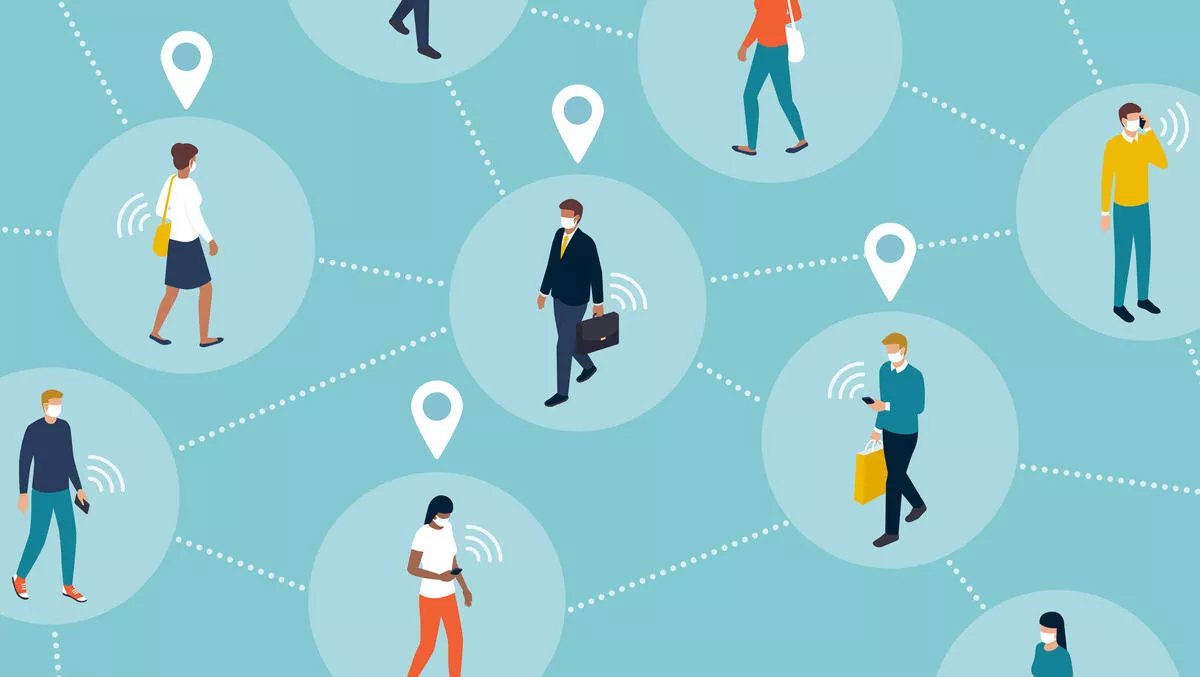
Social distancing technologies have been named as one of the top emerging trends that will drive technology innovation for the next decade by Gartner.
Social distancing technologies, composable enterprise, AI-assisted design, differential privacy and biodegradable sensors are among the key technologies to watch, the analyst firm says in its Hype Cycle for Emerging Technologies 2020 report, which includes technologies that enable a composable enterprise, aspire to regain society's trust in technology, and alter the state of your brain.
“Emerging technologies are disruptive by nature, but the competitive advantage they provide is not yet well known or proven in the market," says Brian Burke, research vice president at Gartner.
"Most will take more than five years, and some more than 10 years, to reach the Plateau of Productivity. But some technologies on the Hype Cycle will mature in the near term and technology innovation leaders must understand the opportunities for these technologies, particularly those with transformational or high impact,” he explains.
For example, health passports and social distancing technologies, both related to the COVID-19 pandemic, are taking the fast track through the Hype Cycle and have high impact.
"Technologies rarely enter the Hype Cycle at the point where social distancing technologies has entered it, but this technology has received extraordinary attention in the media, mainly because of privacy concerns," says Burke.
"Health passports are also unusual as technologies with market penetration of 5-20% are rarely introduced, but this technology, required for access to public spaces and transportation in China (Health Code) and India (Aarogya Setu), is being used by hundreds of millions of people in those countries.
"Both technologies are expected to reach the plateau of productivity in less than two years."
The Hype Cycle for Emerging Technologies is unique among most Gartner Hype Cycles because it garners insights from more than 1,700 technologies into a succinct set of 30 emerging technologies and trends. This Hype Cycle specifically focuses on the set of technologies that show promise in delivering a high degree of competitive advantage over the next five to 10 years.
Five Emerging Technology Trends
Digital me — Technology is becoming increasingly integrated with people to create new opportunities for digital representations of ourselves, such as digital passports and social distancing technologies. Digital twins of humans provide models of individuals that can represent people in both the physical and digital space. The way people interact with the digital world is also moving beyond screens and keyboards to use a combination of interaction modalities (e.g. voice, vision, gesture), and even directly altering our brains.
The technologies to watch include social distancing technologies, health passports, digital twin of the person, citizen twin, multiexperience and 2-Way BMI (brain machine interface).
Composite architectures — The composable enterprise is designed to respond to rapidly changing business needs with packaged business capabilities built upon a flexible data fabric. A composite architecture is implemented with solutions composed of packaged business capabilities. Built-in intelligence is decentralized and extends outward to edge devices and the end user.
To become a more agile organisation, the following technologies should be tracked: composable enterprise, packaged business capabilities, data fabric, private 5G, embedded artificial intelligence (AI) and low-cost single-board computers at the edge.
Formative AI — This is a set of emerging AI and related technologies that can dynamically change to respond to situational variances. Some of these technologies are used by application developers and UX designers to create new solutions by using AI enabled tools. Other technologies enable the development of AI models that can evolve dynamically to adapt over time. The most advanced can generate entirely novel models that are targeted to solve specific problems.
Enterprises looking to explore the boundaries of AI should consider AI-assisted design, AI augmented development, ontologies and graphs, small data, composite AI, adaptive ML, self-supervised learning, generative AI and generative adversarial networks.
Algorithmic trust —Trust models based on responsible authorities are being replaced by algorithmic trust models to ensure privacy and security of data, source of assets and identity of individuals and things. Algorithmic trust helps to ensure that organizations will not be exposed to the risk and costs of losing the trust of their customers, employees and partners.
Emerging technologies tied to algorithmic trust include secure access service edge (SASE), differential privacy, authenticated provenance, bring your own identity, responsible AI and explainable AI.
Beyond silicon — For more than four decades, Moore's Law (the number of transistors in a dense integrated circuit (IC) doubles about every two years) has guided the IT industry. As technology approaches the physical limits of silicon, new advanced materials are creating breakthrough opportunities to make technologies faster and smaller.
Critical technologies to be considered include DNA computing, biodegradable sensors and carbon-based transistors.
